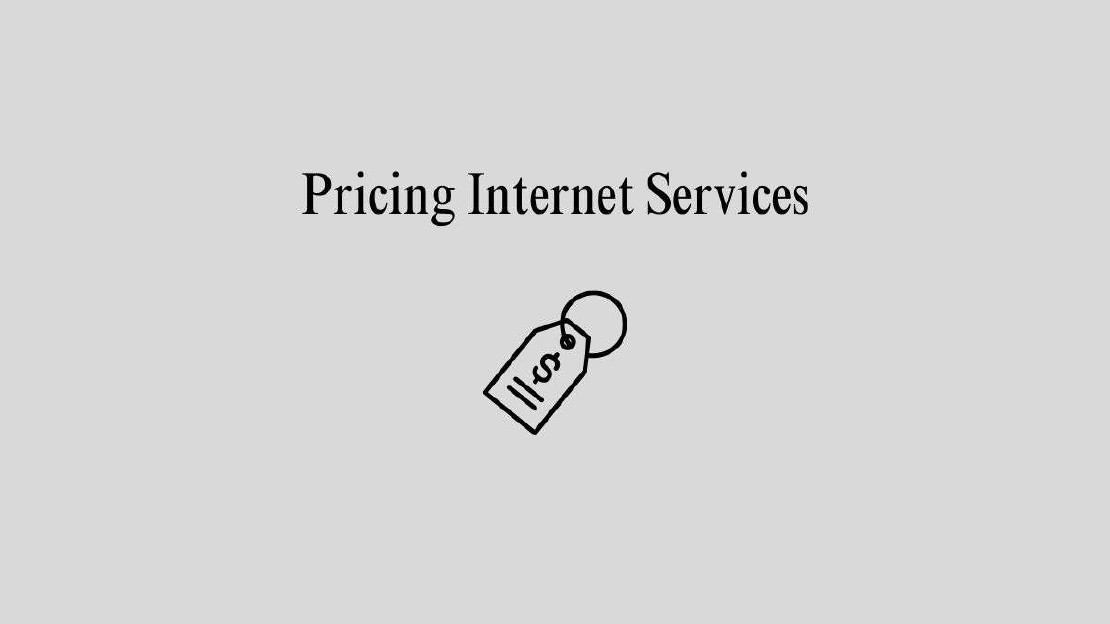Pricing Your Online Services
Pricing your online services correctly is crucial for success. This guide covers factors influencing pricing, strategies for setting rates, common pitfalls to avoid, and tips for adjusting prices over time.
How to Price Your Online Services
Setting the right price for your online services can be a challenging task. It requires a deep understanding of your costs, your market, and your value proposition. Whether you’ve just started an online business or become a freelancer or consultant mastering pricing strategies can significantly impact your profitability and client relationships.
Understanding Your Costs
To begin with, you need a clear understanding of your costs. These can be divided into fixed costs and variable costs. Fixed costs include expenses like software subscriptions, website hosting, and marketing tools, while variable costs cover things like project specific materials or freelance help.
Transitioning from identifying costs, the next step is to consider your time. Your time is one of your most valuable resources, and it should be factored into your pricing model. Estimate the hours required for each service and assign a fair hourly rate.
Analyzing the Market
Once you have a handle on your costs, it’s essential to analyze the market. Look at what competitors are charging for similar services. This doesn’t mean you should copy their prices, but understanding your online business market range gives you a baseline.
Moreover, consider your target audience. Are they budget-conscious or willing to pay a premium for high-quality services? Your pricing should reflect the value you provide and the willingness of your audience to pay.
Defining Your Value Proposition
Your value proposition is what sets you apart from the competition. It’s the unique value you offer to your clients. When setting your prices, ensure they align with the perceived value of your services.
Transitioning to this next point, you should communicate your value effectively. Highlight your unique skills, experience, and the specific benefits your clients receive. A strong value proposition justifies higher prices.
Choosing a Pricing Model
There are several pricing models to consider, each with its pros and cons. Here are a few common ones:
- Hourly Rate: Charging by the hour is straightforward but can lead to income instability.
- Fixed Price: Offering a fixed price for a project provides clarity but can be risky if the project scope changes.
- Retainer: This model involves clients paying a recurring fee for ongoing services, providing steady income.
- Value-Based Pricing: Pricing based on the value you deliver to the client can be highly profitable but requires clear communication of that value.
Transitioning from choosing a pricing model, it’s important to test and refine your approach.
Testing and Adjusting Your Prices
Don’t be afraid to experiment with different pricing strategies. Test your prices with a few clients and gather feedback. Monitor how changes impact your client acquisition and retention.
Moreover, regularly review your pricing structure. As your skills improve and your business grows, your prices should reflect these changes. Adjusting your rates periodically ensures they remain competitive and profitable.
3 Common Mistakes
While setting your prices, avoid common pitfalls such as:
- Underpricing: Undervaluing your services can attract the wrong clients and make it difficult to raise prices later.
- Overpricing without Value: Charging high prices without delivering corresponding value can harm your reputation.
- Inconsistent Pricing: Frequently changing your prices can confuse clients and undermine trust.
Transitioning to the final section, it’s crucial to communicate your prices clearly.
Communicating Your Prices
Transparency is key when it comes to pricing. Clearly list your prices on your website or in your proposals. Providing detailed breakdowns of what’s included in each service helps clients understand the value they are receiving.
Moreover, be prepared to justify your prices. Have a clear explanation ready for why your services are priced the way they are, focusing on the unique benefits and results you provide.
Conclusion
Pricing your online services effectively requires a balance of understanding your costs, analyzing the market, and clearly communicating your value proposition. By choosing the right pricing model and avoiding common pitfalls, you can set prices that reflect your worth and attract the right clients. Regularly reviewing and adjusting your prices ensures long-term profitability and success in the competitive online marketplace.
In summary, pricing is not just about numbers; it’s about conveying the value you bring to your clients. By following these guidelines, you can confidently set prices that support your business growth and client satisfaction.
Recent Posts

- Ebiz
Online Business Startup
Starting an online business is an exciting and rewarding venture that offers flexibility, independence, and the potential for significant income. Whether …

- Work From Home
Amazons Mechanical Turk Monetization Tips
Looking for flexible online income? These Amazons Mechanical Turk monetization tips will help you turn small tasks into real earnings. If traditional remote …

- Work From Home
Fulfillment by Amazon Complete Guide
Launching and scaling an online store can feel overwhelming. Managing inventory, shipping products, handling returns—each task demands significant time and …
